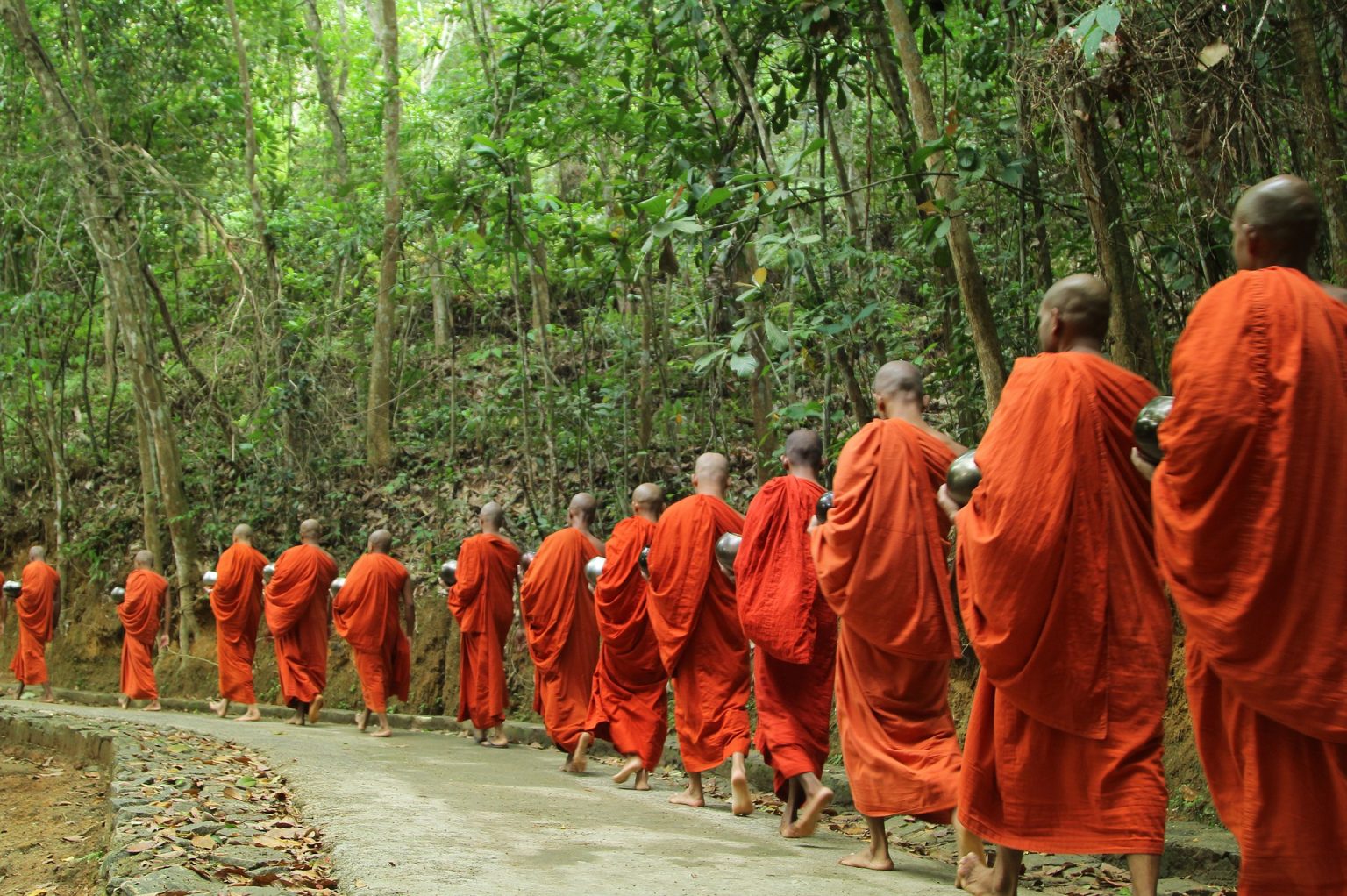Immerse yourself in the rich tapestry of cultures around the world and unlock extraordinary travel experiences. Beyond the surface-level exploration of tourist attractions lies a realm of authentic connections and profound understanding—this is the realm of cultural immersion. By embracing local traditions, you can truly find yourself in the heart of a destination, forging connections with its people, and gaining a deeper appreciation for its heritage. In this blog post, we will embark on a transformative journey, guiding you through the art of cultural immersion. Discover how to engage with the local community, participate in traditional activities, savor local cuisine, and navigate cultural sensitivities with respect and grace. Let us unravel the secrets of cultural immersion and empower you to embark on a traveler’s guide to experiencing destinations in the most meaningful and authentic way.
Understanding Cultural Immersion

To truly embrace cultural immersion, it is essential to grasp its meaning and significance. Cultural immersion goes beyond merely observing or visiting tourist sites; it involves actively engaging with the local community, traditions, and way of life. By immersing yourself in a culture, you open the door to a deeper understanding of the world, fostering empathy, respect, and personal growth.
Cultural immersion offers a multitude of benefits. Firstly, it allows you to gain a profound understanding of the destination’s history, customs, and values. As you interact with locals and participate in their traditions, you gain insights into their daily lives, their beliefs, and the forces that shape their culture. This understanding cultivates a sense of empathy and broadens your perspective, breaking down stereotypes and fostering a more inclusive worldview.
Moreover, cultural immersion facilitates a genuine connection with the local community. By actively engaging with locals, whether through conversations, shared activities, or volunteering, you forge meaningful relationships that transcend surface-level interactions. These connections provide a unique opportunity to exchange stories, learn from one another, and create lifelong memories. Through these authentic connections, you gain a profound appreciation for the destination’s people, their struggles, aspirations, and triumphs.
Researching Destination and Traditions
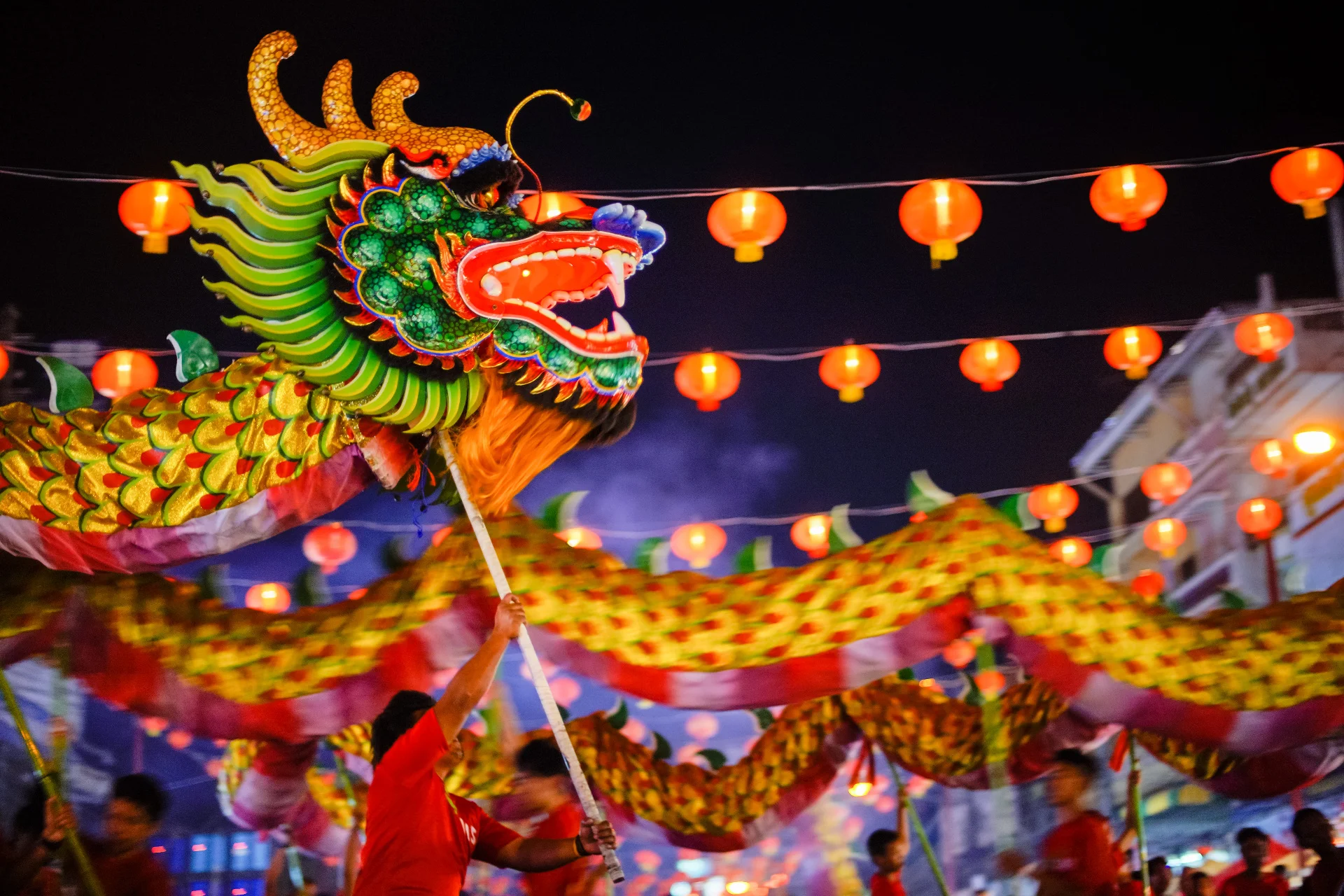
Before embarking on your cultural immersion journey, taking the time to research your destination and its traditions is crucial. This preparation ensures that you have a solid foundation of knowledge and enables you to approach the experience with respect and appreciation.
Firstly, choose a destination that is renowned for its cultural richness. Look for places known for preserving their traditions, celebrating festivals, and offering unique cultural experiences. Consider factors such as historical significance, indigenous communities, or regions with a diverse mix of cultural influences. By selecting a culturally vibrant location, you set the stage for a transformative experience.
Once you have chosen your destination, dive into the exploration of its traditions. Immerse yourself in guidebooks, online resources, documentaries, and travel blogs that shed light on the customs, rituals, and values of the local culture. Familiarize yourself with significant historical events, traditional clothing, music, dance forms, and religious practices. Understanding the context and symbolism behind these traditions will enable you to approach them with deeper appreciation and respect.
Engaging with the Local Community
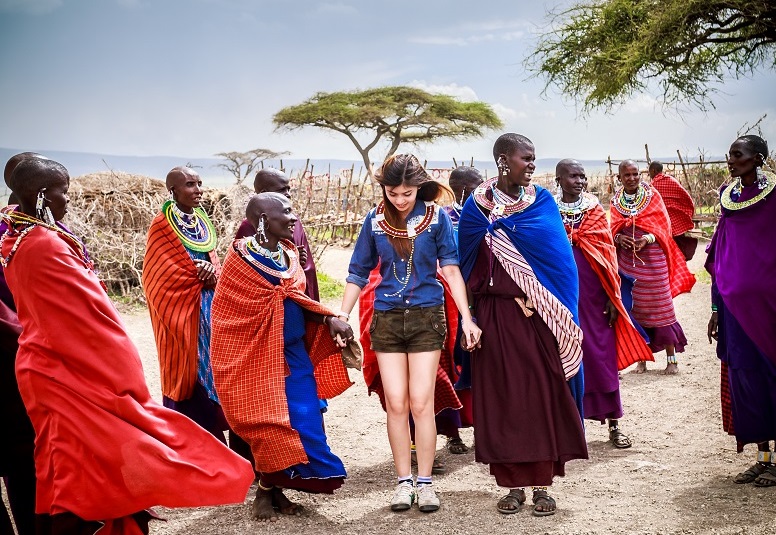
One of the most powerful ways to immerse yourself in local traditions is by actively engaging with the local community. By seeking authentic interactions and embracing opportunities to connect with locals, you open the door to profound cultural experiences and forge meaningful relationships.
To engage with the local community, venture beyond tourist hotspots and seek out places where locals gather. Visit local markets, coffee shops, community centers, or parks where you can observe and engage with everyday life. Strike up conversations with shopkeepers, artisans, or street vendors and show genuine interest in their craft, stories, and perspectives. These encounters often lead to delightful exchanges, unique insights, and even invitations to local events or gatherings.
Additionally, seek out community-based activities or events that showcase traditional practices. Attend cultural festivals, art exhibitions, or music performances that celebrate the heritage of the destination. Participate in workshops or classes that teach traditional crafts, cooking techniques, or dance forms. These immersive experiences allow you to learn directly from locals, gain hands-on skills, and develop a deeper connection with the cultural fabric of the community.
Participating in Traditional Activities
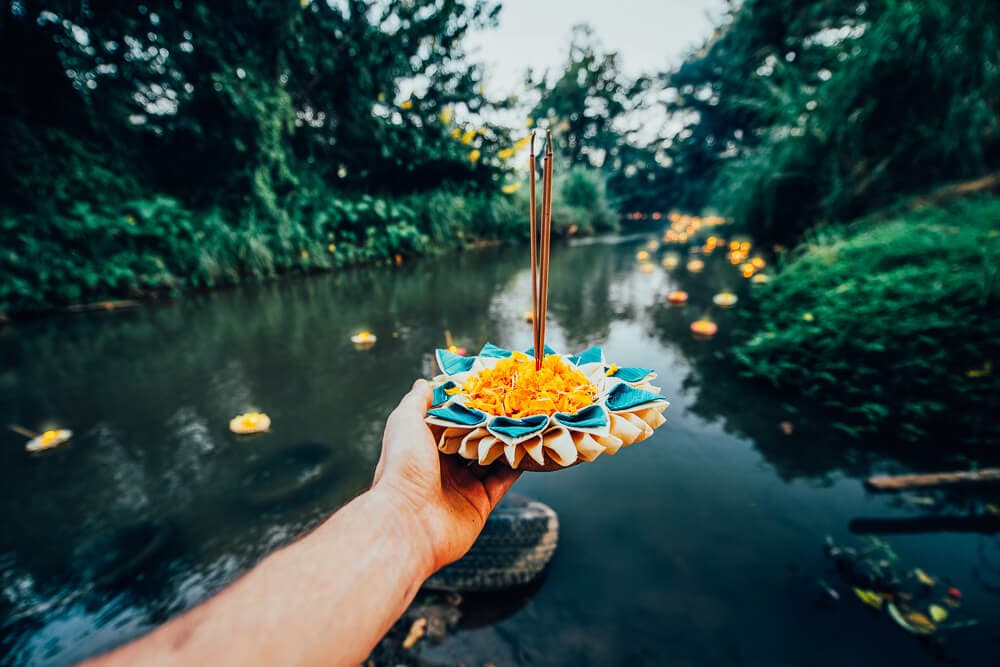
Participating in traditional activities is a wonderful way to immerse yourself in the local culture and truly experience the essence of a destination. By engaging in activities deeply rooted in local traditions, you gain firsthand insights into customs, rituals, and practices that have been passed down through generations.
Start by identifying traditional activities that resonate with your interests and align with the destination’s cultural heritage. It could be anything from learning traditional dances or music to trying your hand at traditional crafts or participating in religious ceremonies. Look for reputable local instructors, cultural centers, or community organizations that offer authentic experiences. Engaging in these activities under the guidance of passionate practitioners ensures a more meaningful and accurate representation of the traditions.
Participating in traditional activities not only provides you with hands-on experiences but also allows you to connect with locals who are often enthusiastic about sharing their cultural heritage. Engage in conversations with instructors, artisans, or experts who can provide valuable insights and context about the significance of the activities. Through these interactions, you’ll gain a deeper appreciation for the skills, techniques, and meanings behind the traditions.
Sampling Local Cuisine
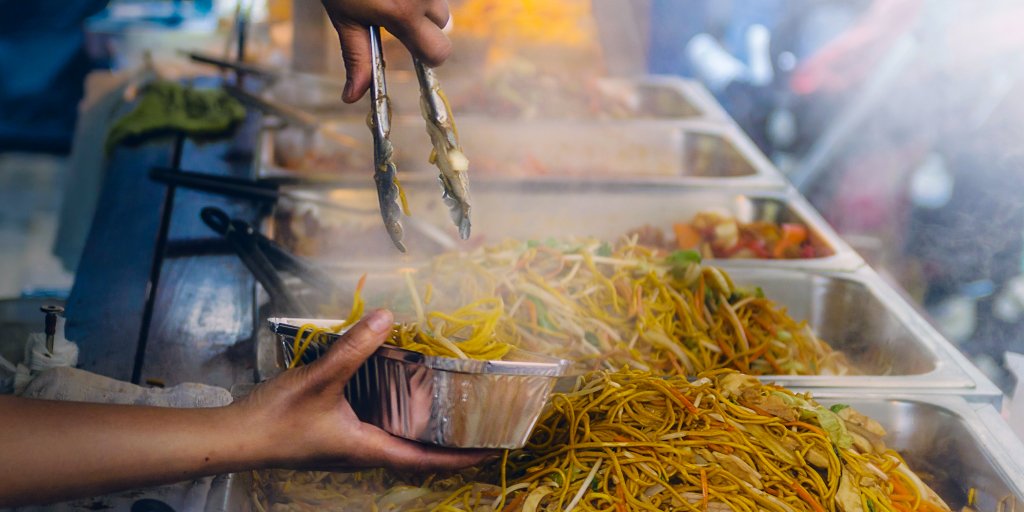
One of the most delightful ways to immerse yourself in local traditions is by indulging in the flavors and aromas of the destination’s cuisine. Sampling local food not only satisfies your taste buds but also offers a profound insight into the cultural heritage and culinary traditions of the region.
To truly experience the local cuisine, venture beyond touristy restaurants and seek out authentic local eateries, street food stalls, or markets. These hidden culinary gems often offer dishes that have been passed down through generations, preserving traditional recipes and cooking techniques. Engage with locals and ask for recommendations to discover the lesser-known culinary treasures of the destination.
When sampling local cuisine, be open to trying new flavors, ingredients, and cooking styles. Embrace the opportunity to step outside your culinary comfort zone and savor dishes that may be unfamiliar to you. Allow your senses to guide you as you explore the diverse array of spices, textures, and combinations that make the cuisine unique. Don’t hesitate to ask questions about the ingredients or preparation methods, as it can lead to fascinating conversations and insights into the local food culture.
Respect and Cultural Sensitivity
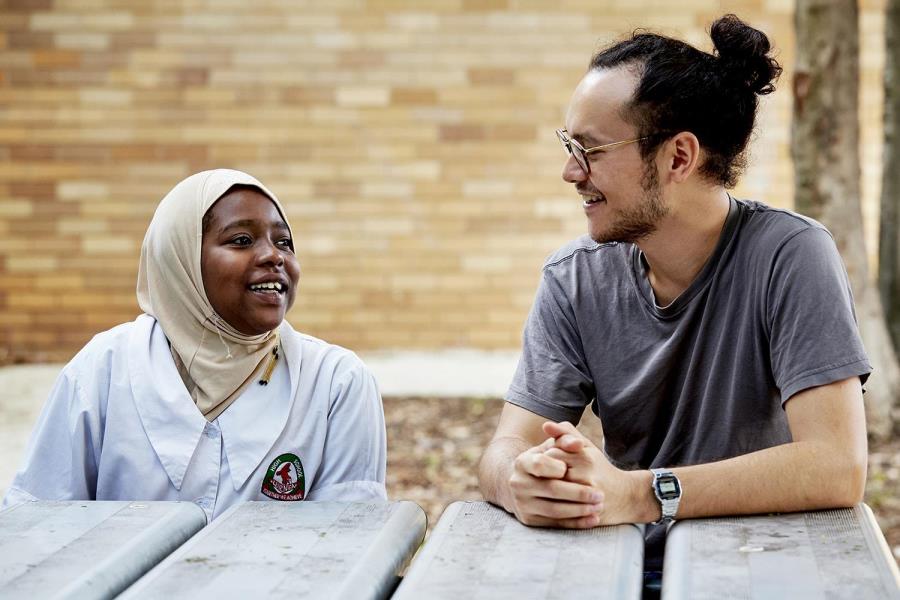
Respecting local customs and practicing cultural sensitivity are paramount when immersing yourself in a new culture. By adopting a mindful and respectful approach, you show appreciation for the traditions and values of the local community, fostering positive interactions and meaningful cultural exchanges.
Firstly, familiarize yourself with the cultural norms and etiquette of the destination. Understand appropriate attire, gestures, and behaviors in different contexts. For example, some cultures may have specific dress codes for religious sites or cultural events. Being aware of these expectations and adhering to them demonstrates respect for the local traditions and helps you avoid inadvertently causing offense.
Additionally, be mindful of photography and seek permission when capturing images of people, religious sites, or culturally significant locations. Respect the privacy and sacredness of certain spaces by refraining from taking photos unless it is explicitly allowed. When photographing locals, engage in respectful communication, and seek their consent. Remember, the goal is to build connections and preserve the dignity of the individuals you encounter.
Final Thoughts
In the heart of tradition lies a transformative journey of cultural immersion, where travelers can uncover the authentic soul of a destination. By actively engaging with local traditions, embracing the local community, participating in traditional activities, sampling local cuisine, and practicing respect and cultural sensitivity, we unlock a deeper understanding of the world and forge meaningful connections. Cultural immersion transcends mere sightseeing; it allows us to step into the tapestry of a culture, to learn, to grow, and to foster cross-cultural understanding. As we embark on our traveler’s guide to cultural immersion, let us approach each destination with an open mind, a respectful heart, and a willingness to embrace the beauty of diverse traditions. Through this profound journey, we not only enrich our own travel experiences but also contribute to the preservation and celebration of the world’s cultural heritage. So, immerse yourself in the traditions, celebrate the stories, and let the transformative power of cultural immersion shape your travel adventures.


